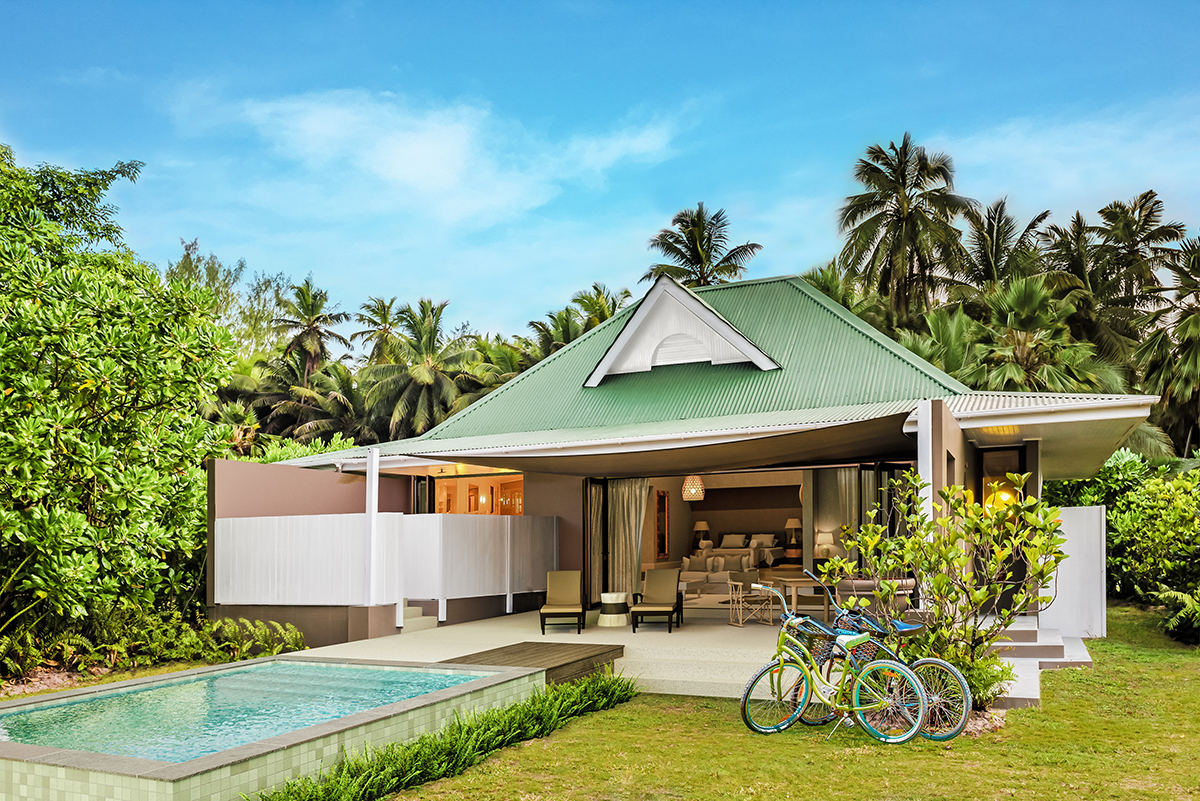
One of the beach suites with a private pool at Alphonse Island
Keith Rose-Innes is an environmentalist and globally renowned fly-fisherman. Having first travelled to the Seychelles as a fly-fishing guide, he is now the Managing Director of Alphonse Island, where he continues to promote sustainable travel. Here, he speaks to Chloe Frost-Smith about falling in love with the Seychelles, building an eco camp and his predictions for the travel industry after lockdown
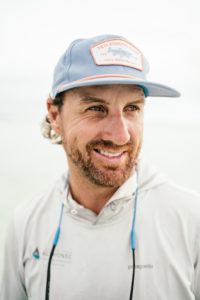
Keith Rose-Innes. Credit Nick Kelly
1. Your passion for fly-fishing has taken you all over the world. What has been your most memorable moment from your travels?
My first trip to the outer atolls of the Seychelles is still my most memorable travelling experience. Google Maps didn’t exist in the early days and we would arrive with old nautical charts. It was incredible knowing that you could be the first person to guide a fly-fisherman on that particular flat, and that you might discover an incredible spot at any time and then personally, name it for guests to experience in the future.
Follow LUX on Instagram: luxthemagazine
Sustainable tourism provides the opportunity to form partnerships that can protect places such as these. Unlike many other fly-fishing driven conservation efforts, we have never been focussed on solely protecting the marine environment; we have also contributed equally to the protection and preservation of the terrestrial ecosystems of the outer atolls. The Alphonse Fishing Company, Blue Safari Seychelles, Islands Development Company and Island Conservation Society have joined together to form a partnership to manage and execute strategies and projects to protect the species and environments through means of public funding, which is collected via donations and fundraising initiatives. These funds are then donated to the foundations of Alphonse, Farquhar, Cosmoledo and Astove. These are specific to the individual atolls to oversee the funding of the projects operated by the Island Conservation Society. Each destination has a weekly presentation that provides a detailed update of the progress the various programs are making and also provides the opportunity for guests to discuss the environmental topics with qualified environmentalists and marine biologists.
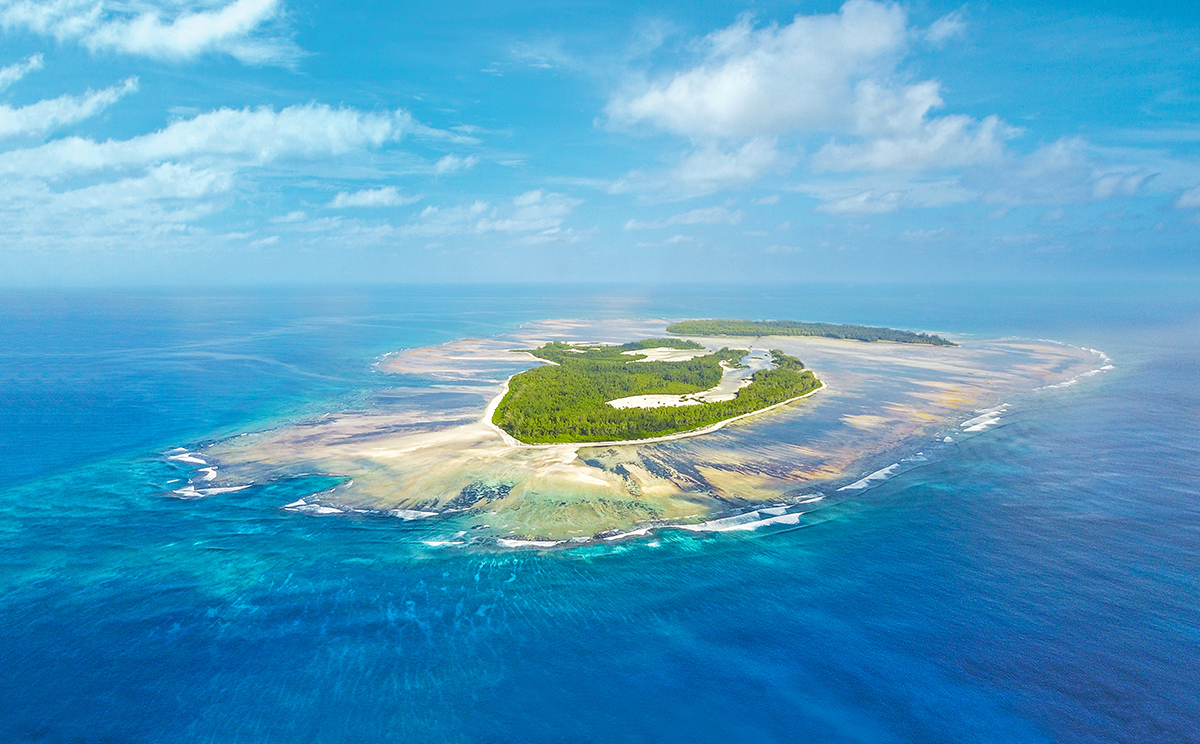
An aerial view of Poivre Island, one of the Seychelles’ outer islands
2. Other than the obvious, what made you decide to settle in the remote atolls of the Seychelles?
I cut my teeth as a fly-fishing guide in the Seychelles 22 years ago and guided full time for 17 years before co-founding Alphonse Fishing Company and now our latest initiative, Blue Safari Seychelles. The years I’ve spent promoting and establishing the remote atolls of the Seychelles as one of the world’s best saltwater fly-fishing and ecotourism destinations have been the best years of my life. Although I travel extensively and have a second home in South Africa, my real home is on the remote atolls of the Seychelles. If I had to hang my hat anywhere in the world, it would be in the Seychelles. Living how I do comes with obvious perks, not least of which is access to the various incredible ecosystems on my doorstep. I have been lucky enough to be the first to fly fish and guide trips to numerous of the now well-known outer atolls of the Seychelles. Many would call it pioneering, but I see it as school fees. I know the outer atolls of the Seychelles so well and I love every day that I get back out on the water.
3. What was the inspiration behind Cosmoledo Eco Camp, and do you have any plans to create similar concepts anywhere else in the future?
The purpose of the Cosmoledo Eco Lodge is to establish sustainable ecotourism in line with the Blue Economy, as well as to conserve and monitor the area. One of the most important reasons for the camp is to have a year round presence monitoring the environment to deter foreign, commercial fishing activities which have been taking place. During the months from May to November when the Eco Camp closes to guests, a team of Island Conservation Society rangers and scientists stay on location with our skeleton crew to monitor the area.
The temporary and minimalistic camp was constructed with recycled containers that were retrofitted in South Africa, shipped to Seychelles and then placed on plinths and opened up to form a front deck and back bathroom. The entire container is covered with a sail to create shade and cover from the rain. It’s a concept that I hadn’t seen done anywhere else and echoes a sense of responsibility as almost everything used in the building was recycled.
The feeling you get when staying in a very comfortable, air-conditioned and full glass front container is unique. It’s almost like the cabin of a ship placed in a nature wonderland. The bird sounds, untouched vegetation and view over the lagoon are incredible. The main central area is a tent that is placed on the sand and placement of the camp was selected where there were foundations from buildings erected in the past. The entire camp can be removed completely without leaving any trace of humans behind.
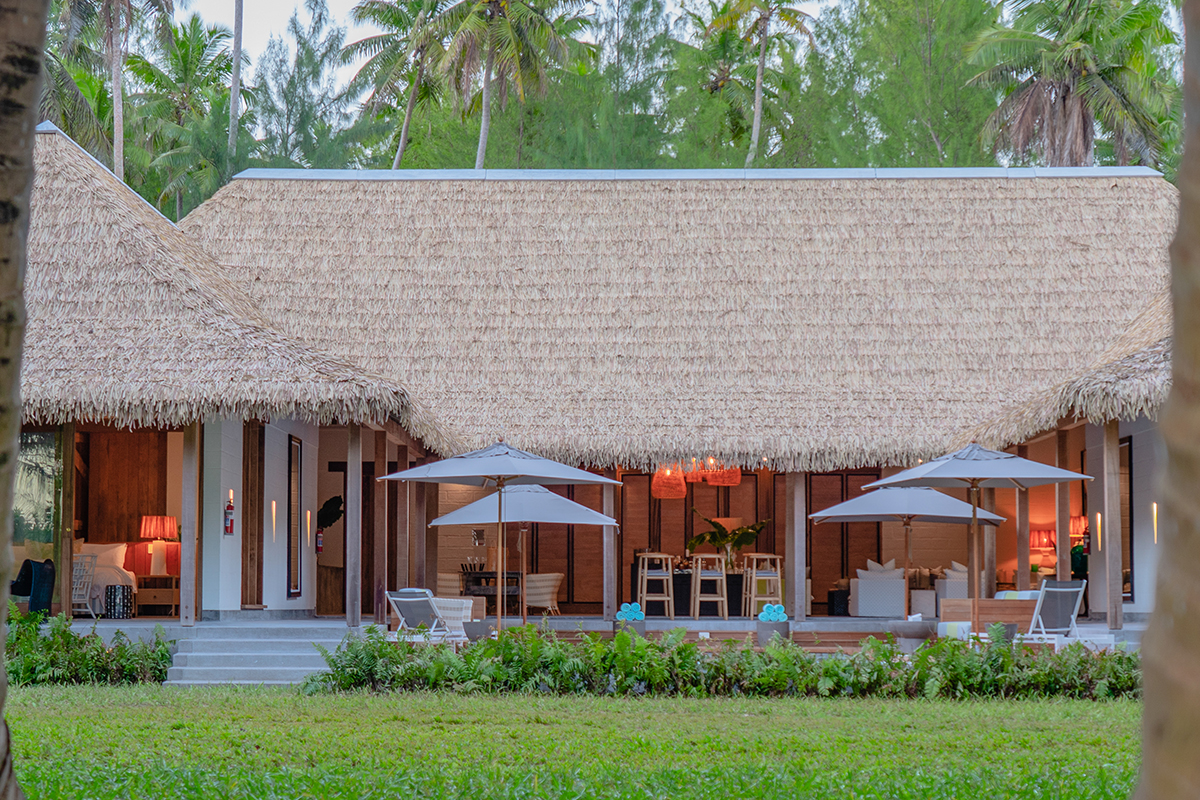
A beach villa at Alphonse Island
4. What were the main challenges of turning shipping containers into entirely eco-friendly pods?
Initially, it was difficult to imagine how we’d fit all the necessities in such a small space, but once completed, we realised how little you actually need. The next hardest aspect was fitting everything onto three barges [for transportation] and building the camp in only 21 days. We couldn’t fit all of the necessary furniture onto the barges, so we decided to build some it on site from the recycled pallets and timber, which were used to brace everything inside the containers when shipped.
Read more: How Andermatt Swiss Alps is tackling climate change
5. How do you think travel has been impacted by the current lockdown, and what will travel look like once this period ends?
I think it’s still too soon to comprehend the outcome as we are only starting to feel the far-reaching ramifications of a total lockdown of the worldwide tourism sector. It has affected our business immensely as we have hibernated all islands. We are, however, in a strong position and we will open up when things are safe to do so.
My outcome is somewhat positive as smaller to medium-sized private hotels should excel and especially, in destinations that have not experienced any cases of Covid-19. Hotels that have an emphasis on safety, social distancing and health protocol will be focused on.
I do feel that long-haul travel will be somewhat impacted from a health concern point of view and vacation travel may become less frequent, but as the focus shifts towards wellness it is quite possible that travellers may choose longer periods at a destination that caters to all needs, whilst avoiding busy airports and numerous flights. Without a question, there will be a renewed focus on family time, wellness, authenticity, environmentally-friendly travel, well-being and nature. After lockdown, family time will be key, which is why I believe small eco-lodges with family-based activities will excel.
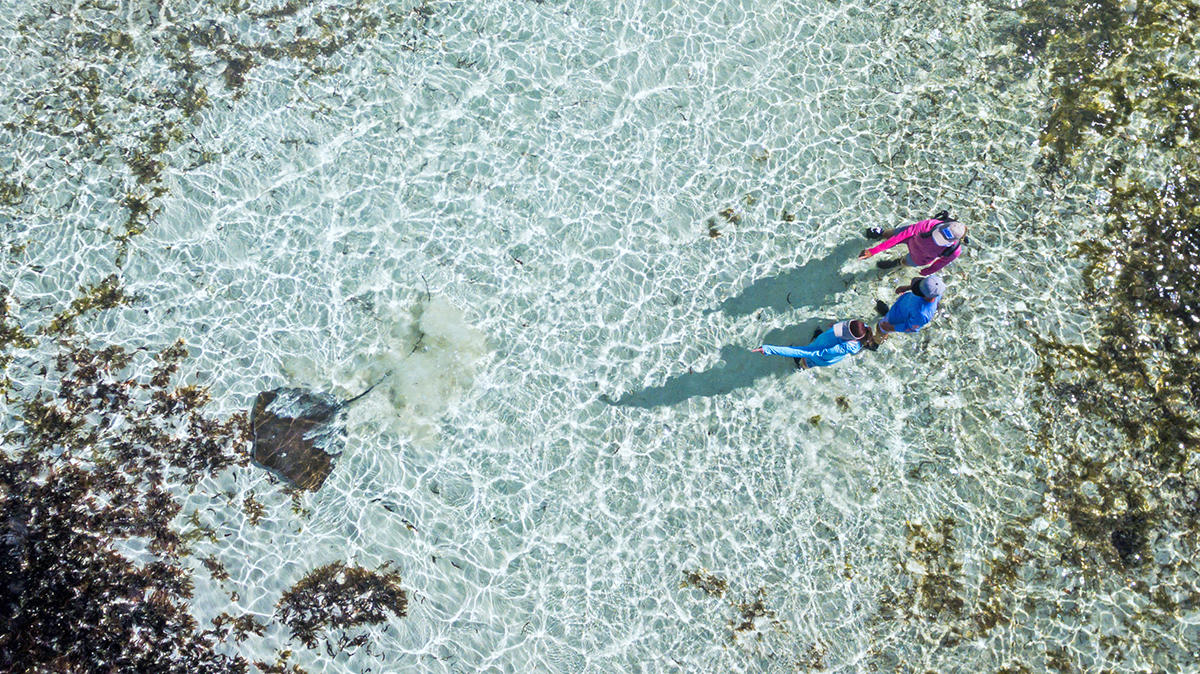
A guided walk on Alphonse island. Image by Anthony Grote
6. Have you seen any positive effects on the environment during lockdown, and if so, are there any sustainable steps which can be taken to ensure these continue?
We haven’t seen any direct environmental positives that directly relate to Covid-19 other than less air pollution. There are some negatives as a weak economy prevents our ability to fundraise for the foundations that protect our atolls.
There has, however, been a huge silver-lining. My life’s work has been to try to assist in protecting these amazing places and on the 26 March 2020, the President of the Seychelles, Danny Faure, officially signed the bill demarcating 30% of the territorial waters of the Seychelles, legally binding Marine Protected Areas as part of the large-scale Seychelles Marine Spatial Plan. This is a first-of-its-kind initiative, exchanging national debt relief in exchange for ocean conservation policy co-designed by the Nature Conservancy, Seychelles Government and the World Bank. The Alphonse Group, Desroches, Farquhar, Poivre, Cosmoledo and Astove are all included in the gazette, culminating in a five-year project led by the UNDP-GEF with Island Conservation Society, Blue Safari and Alphonse Fishing Company as some of the key partners amongst others who are specifically focused on protecting the unique and pristine tropical marine ecosystems of these remote atolls. The policy designates the offshore waters up to 1km from the outer coral reefs as protected ‘Areas of Outstanding Natural Beauty’. These designations seek to conserve the exceptional biodiversity and natural value of these marine areas whilst ensuring the enjoyment of sustainable ecosystem services into the future. We are blessed to have the Seychelles Outer Islands in a prestige state that has changed very little since the early days and now, it’s up to us humans to protect it.
Find out more: bluesafari.com, alphonse-island.com




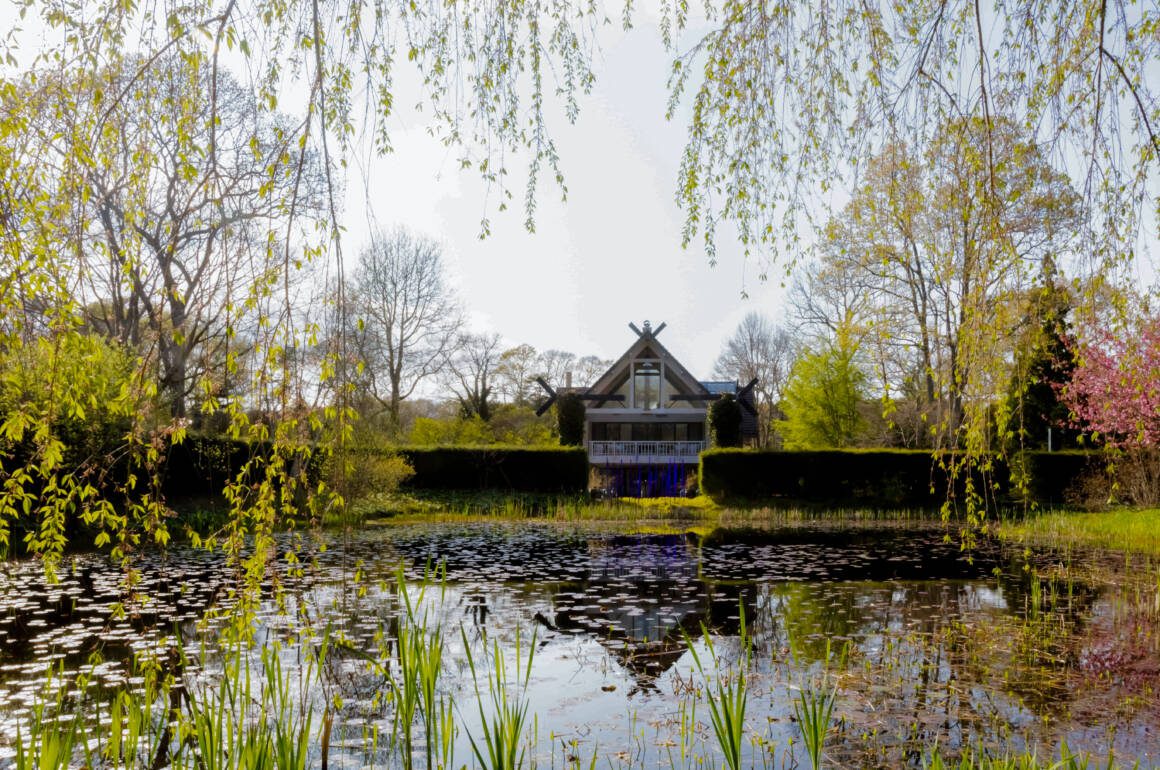
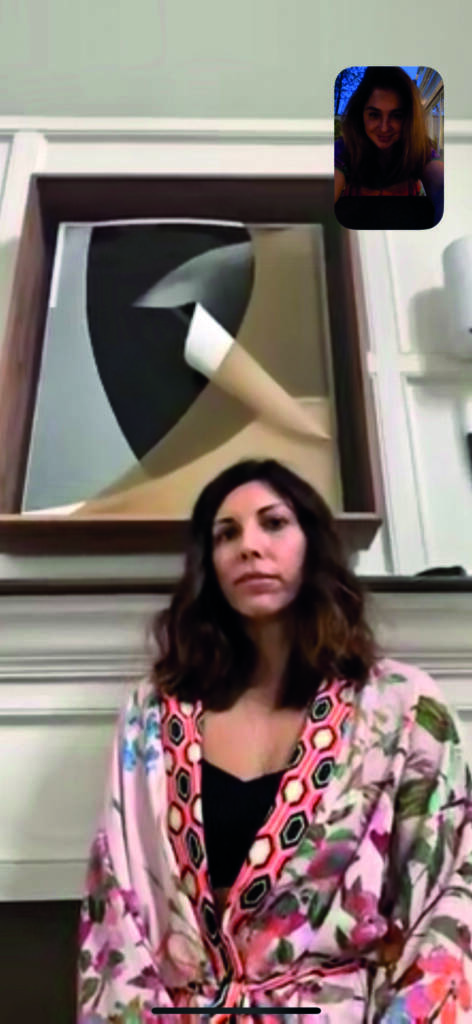
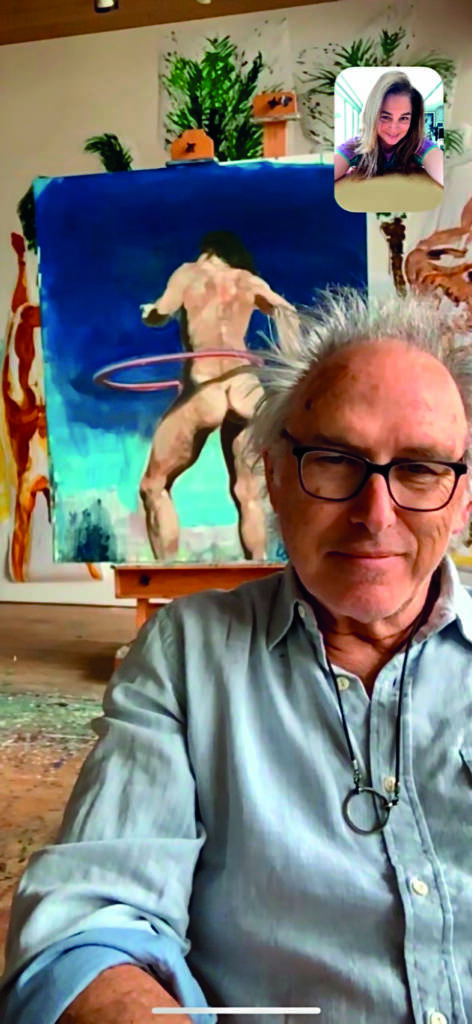
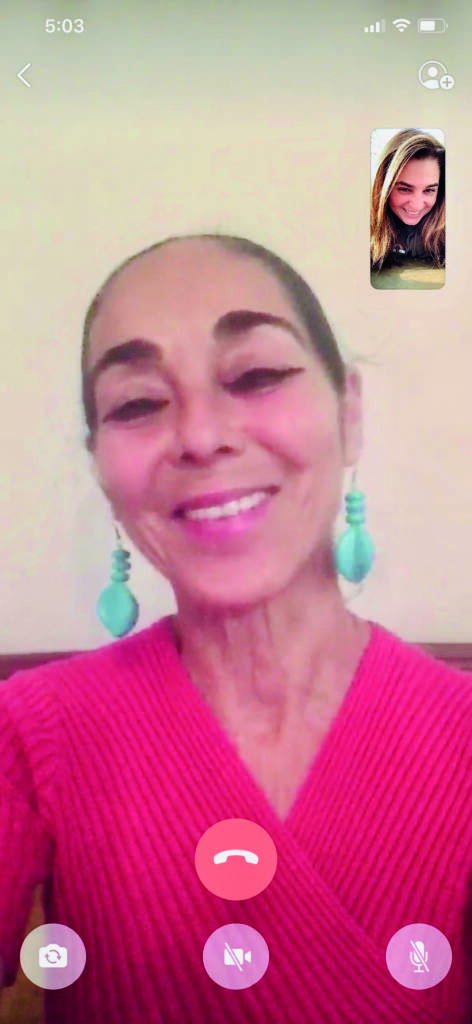
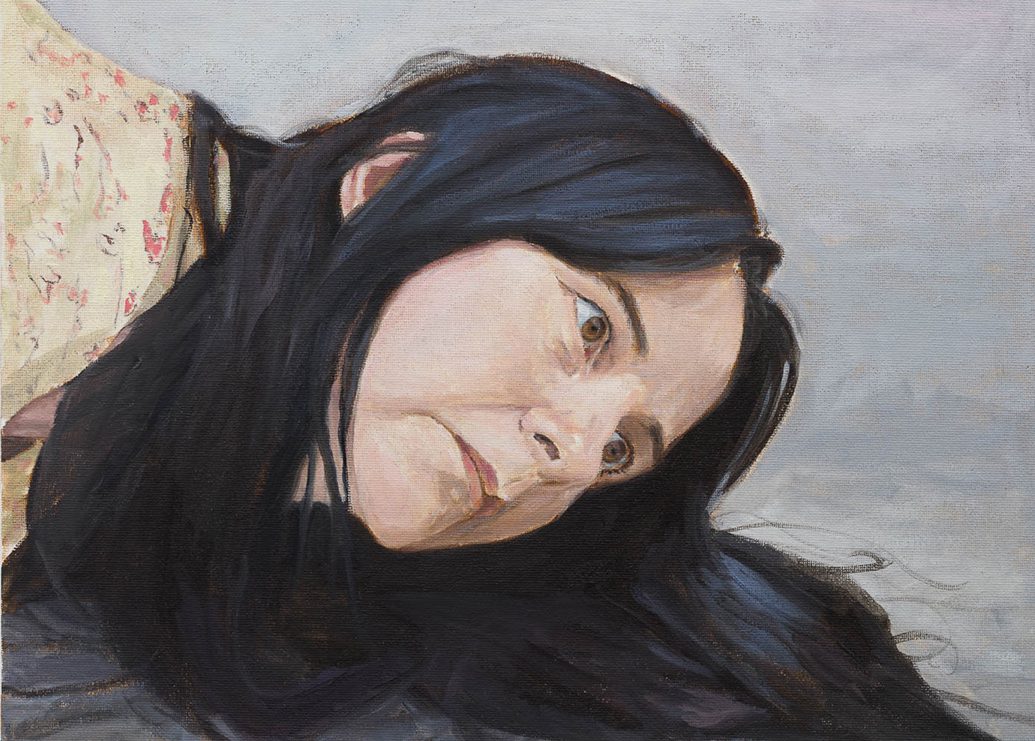
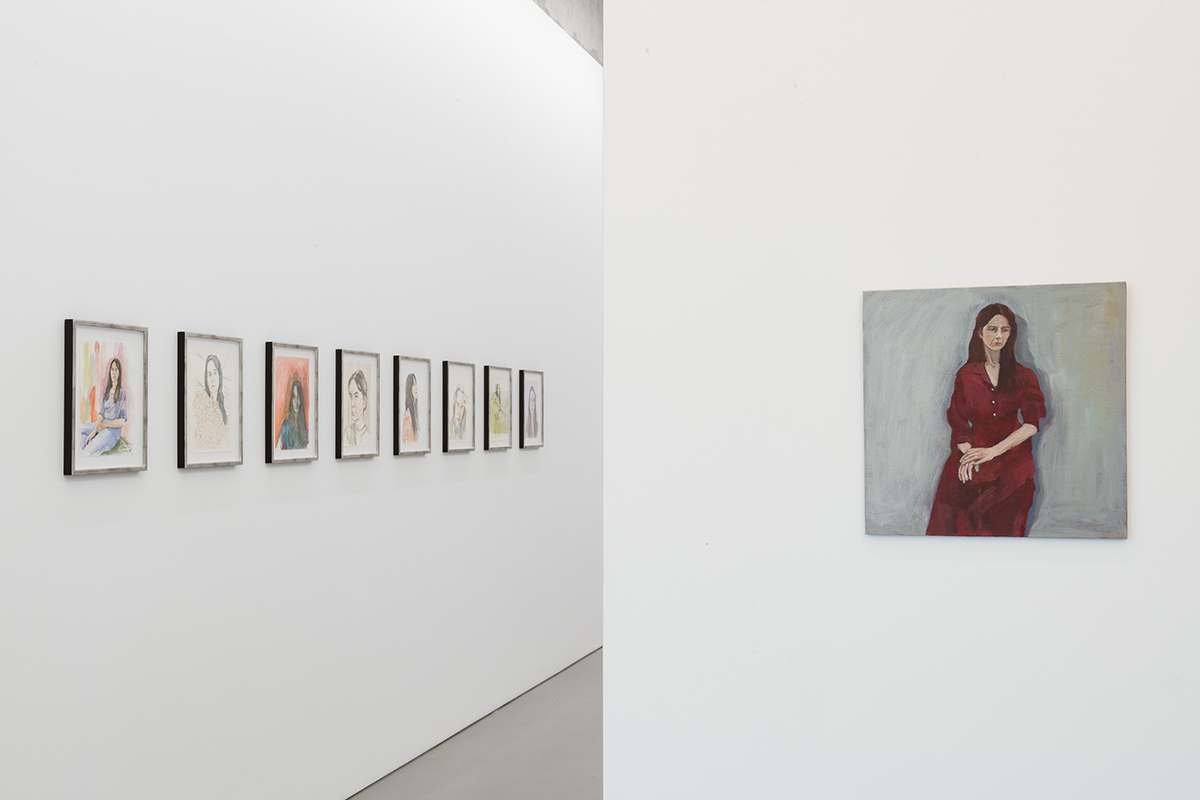
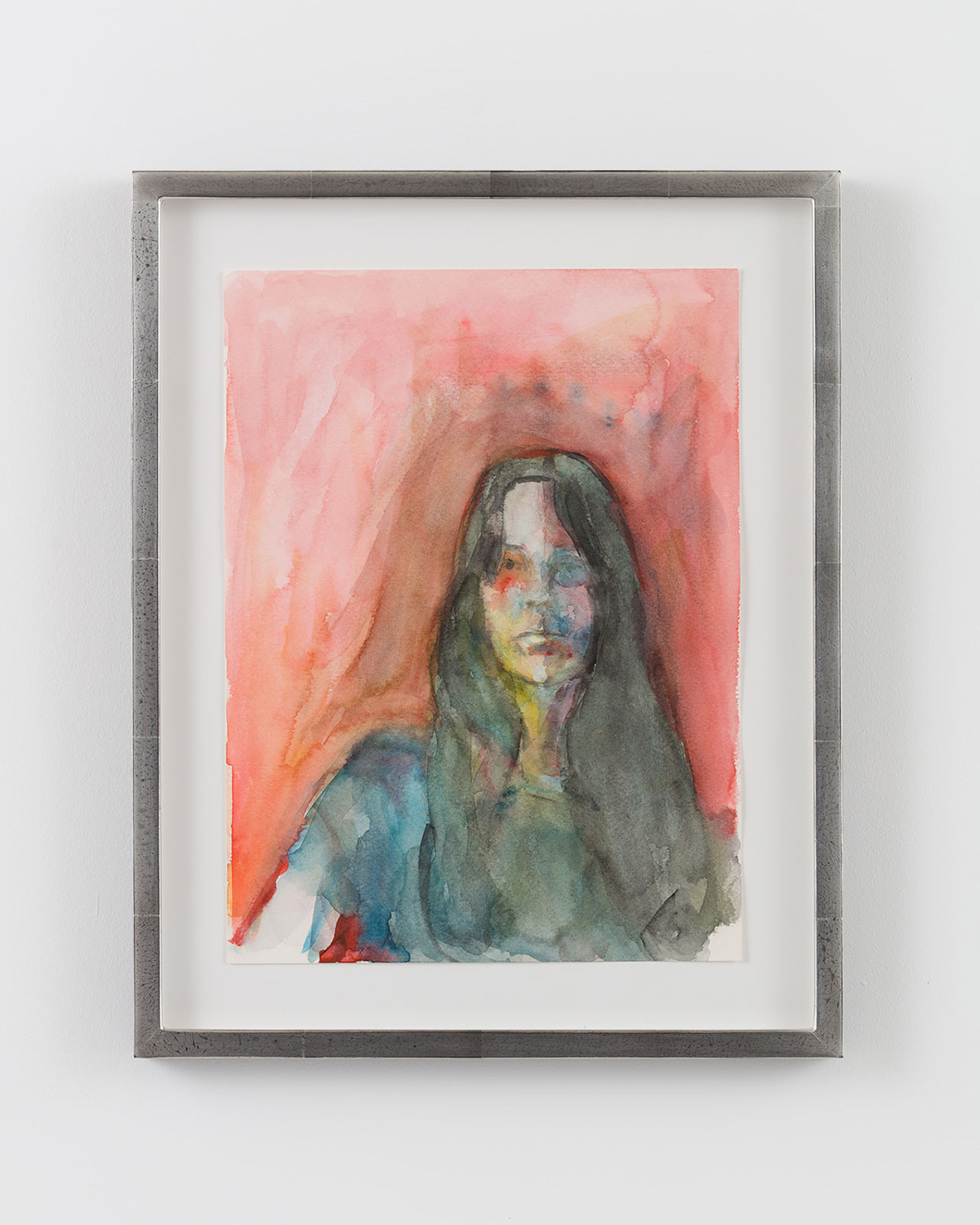
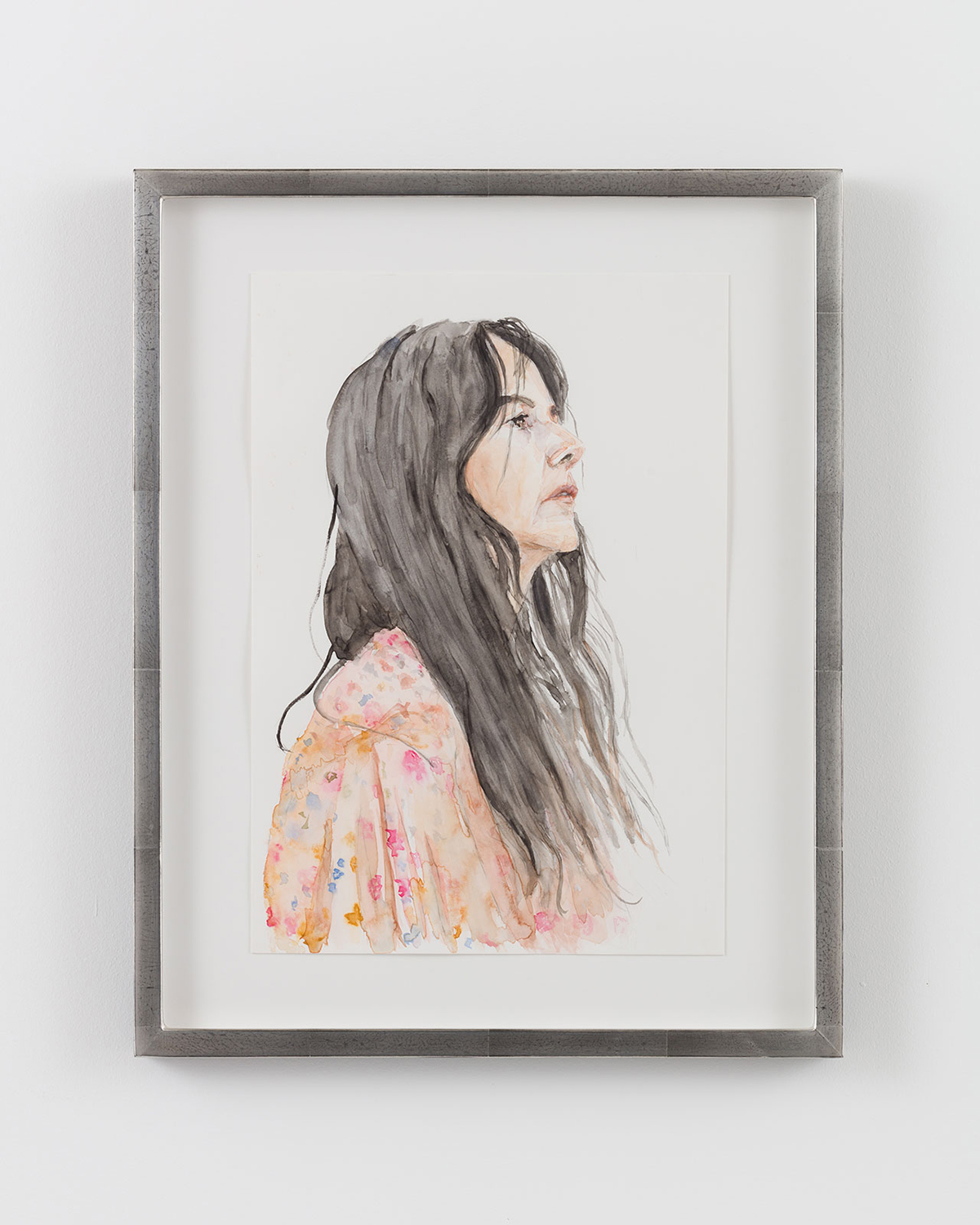
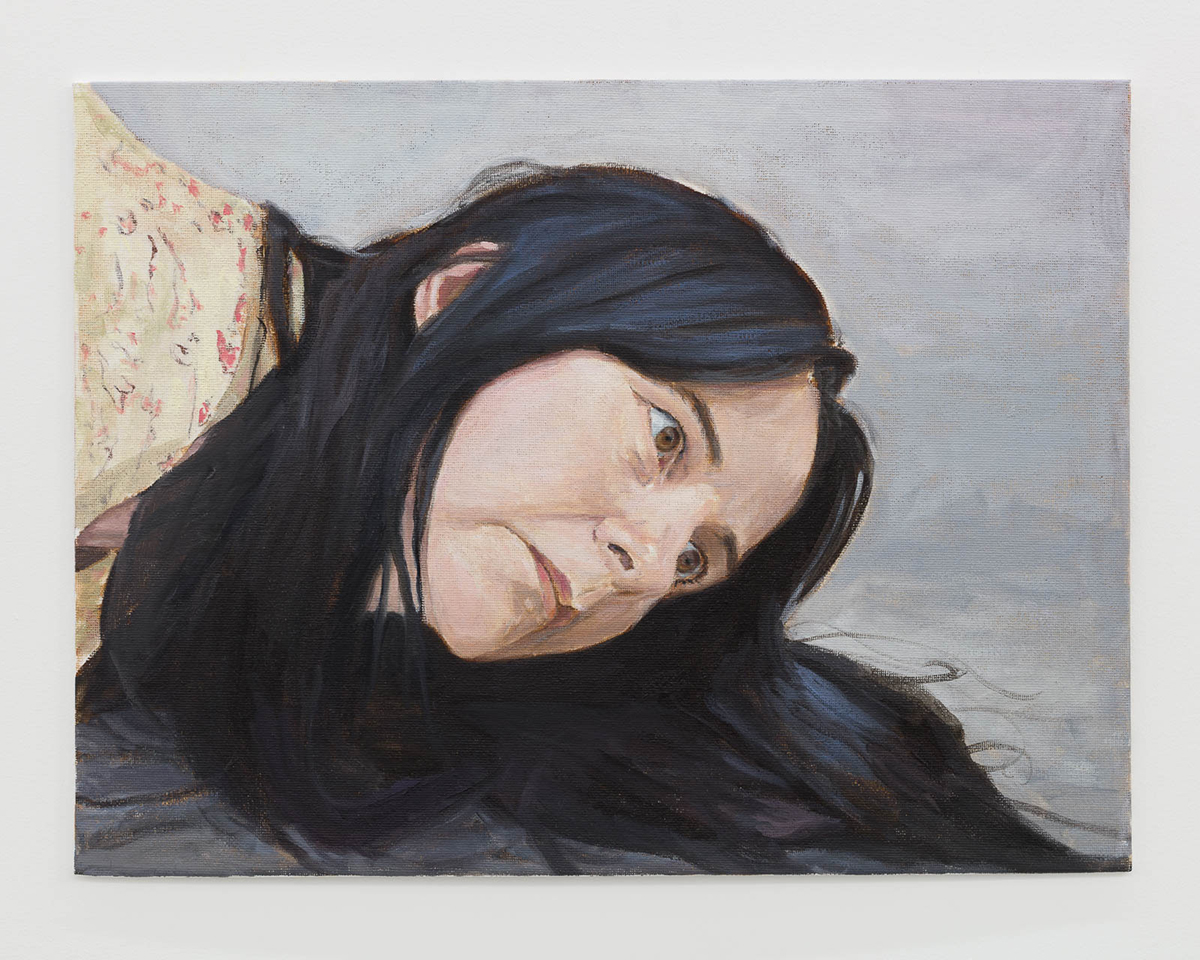
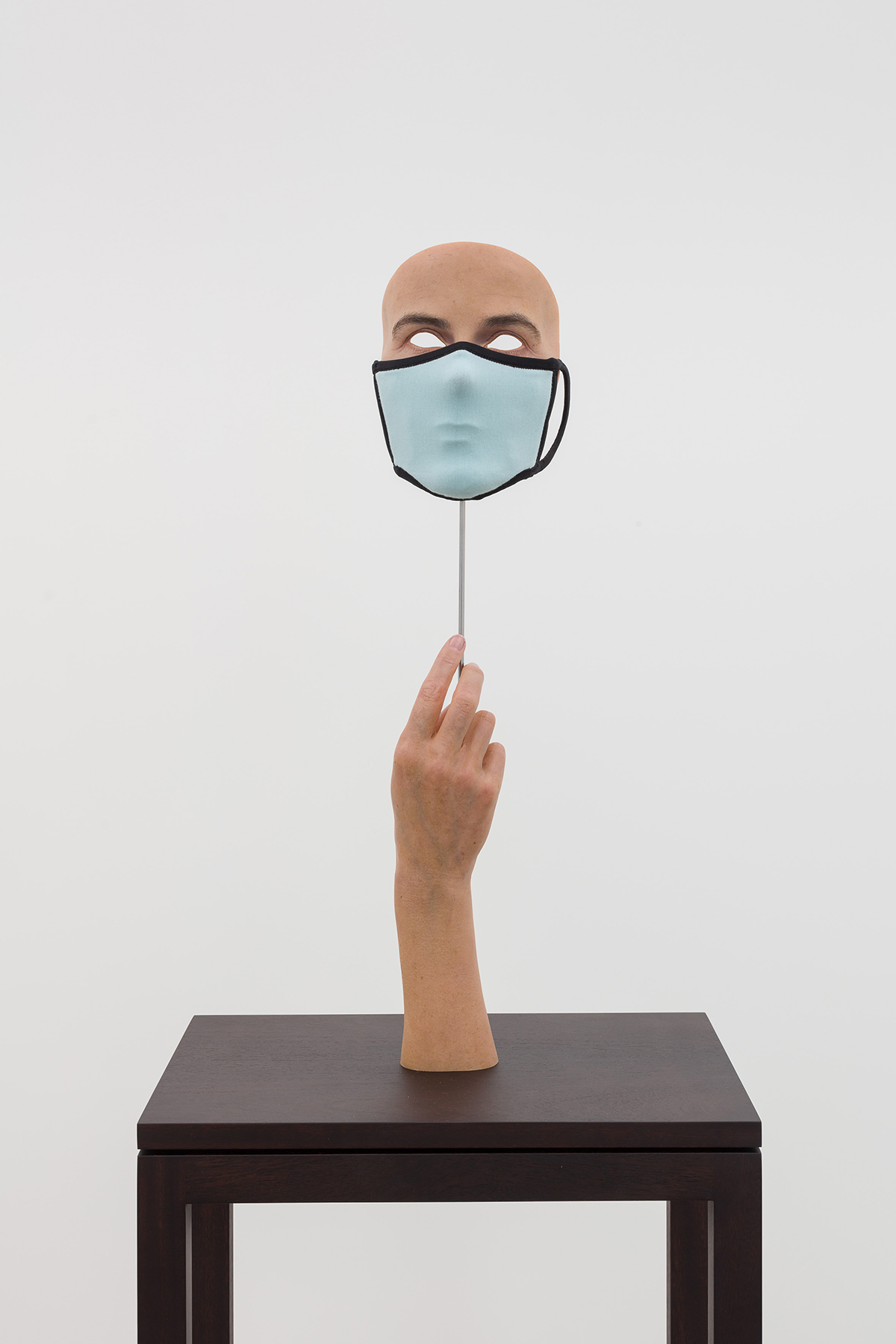
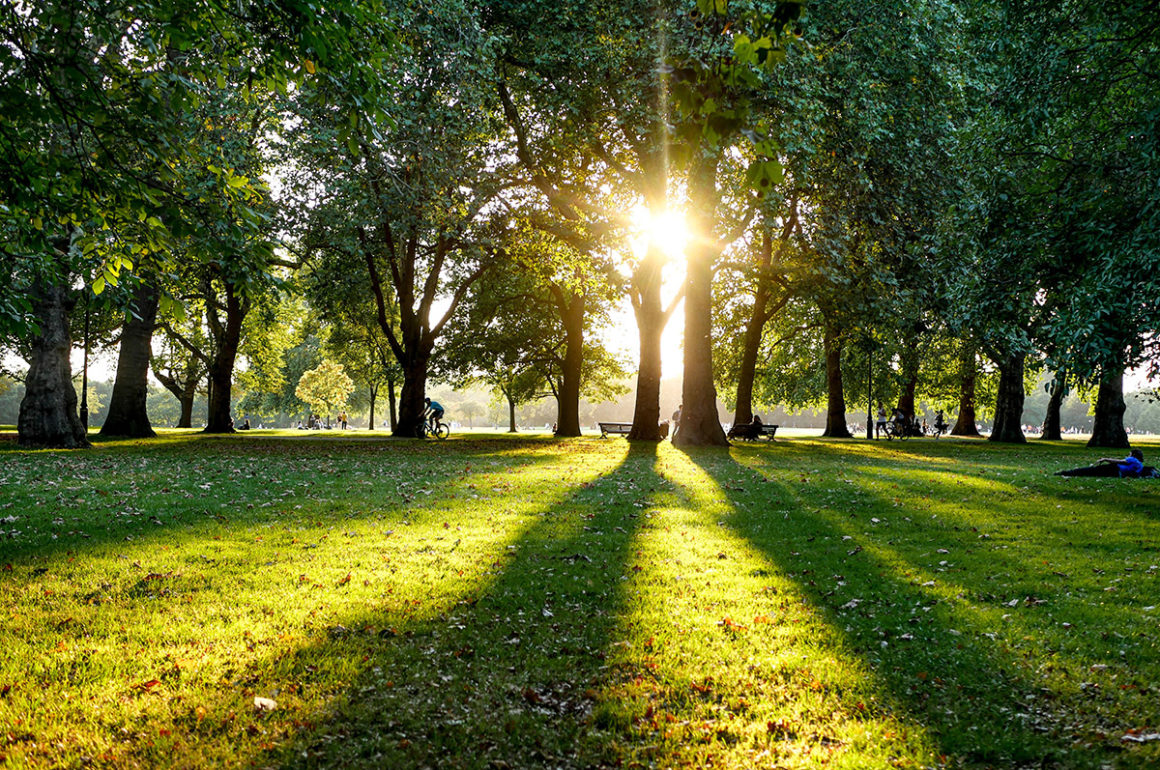
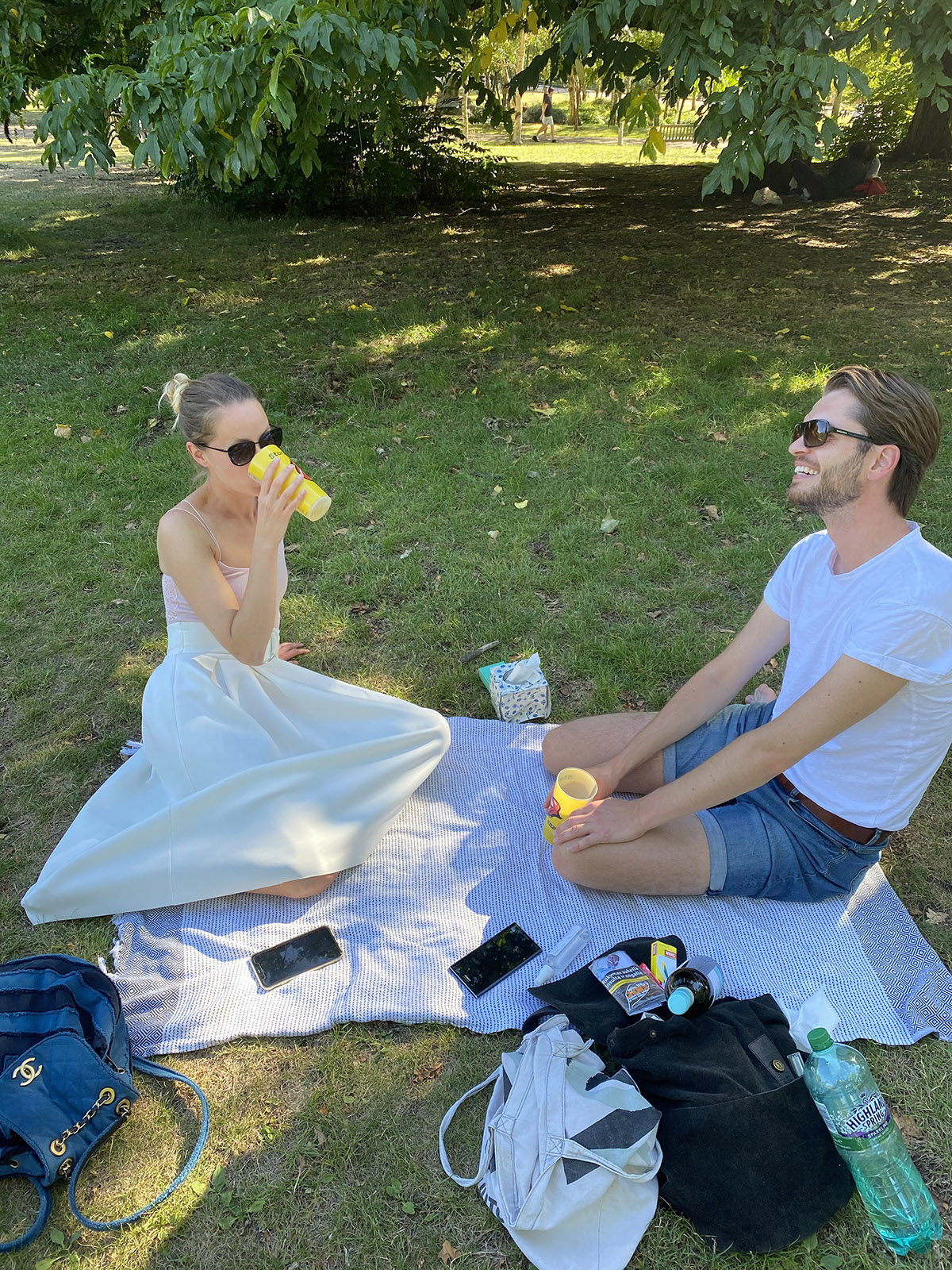
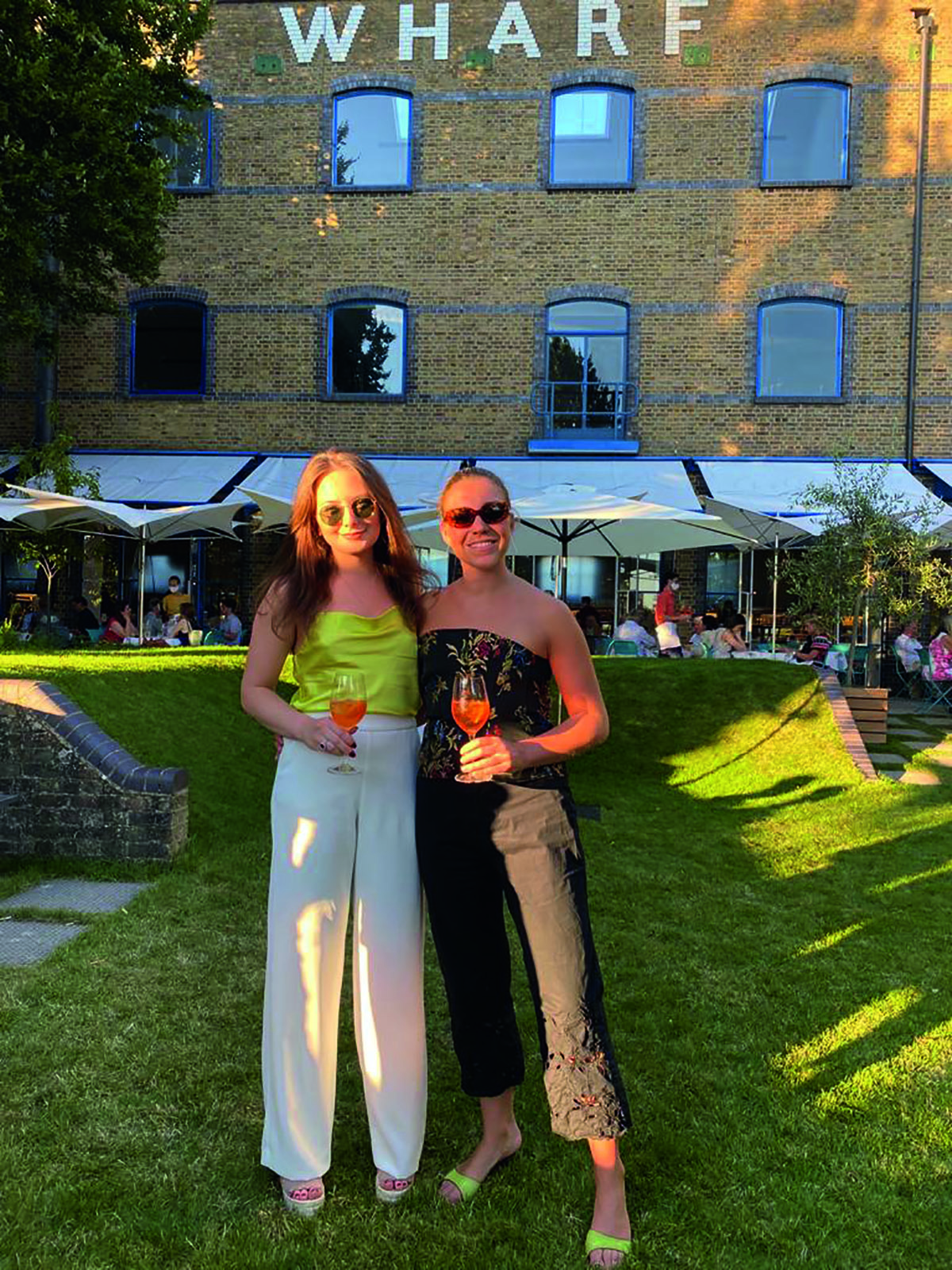
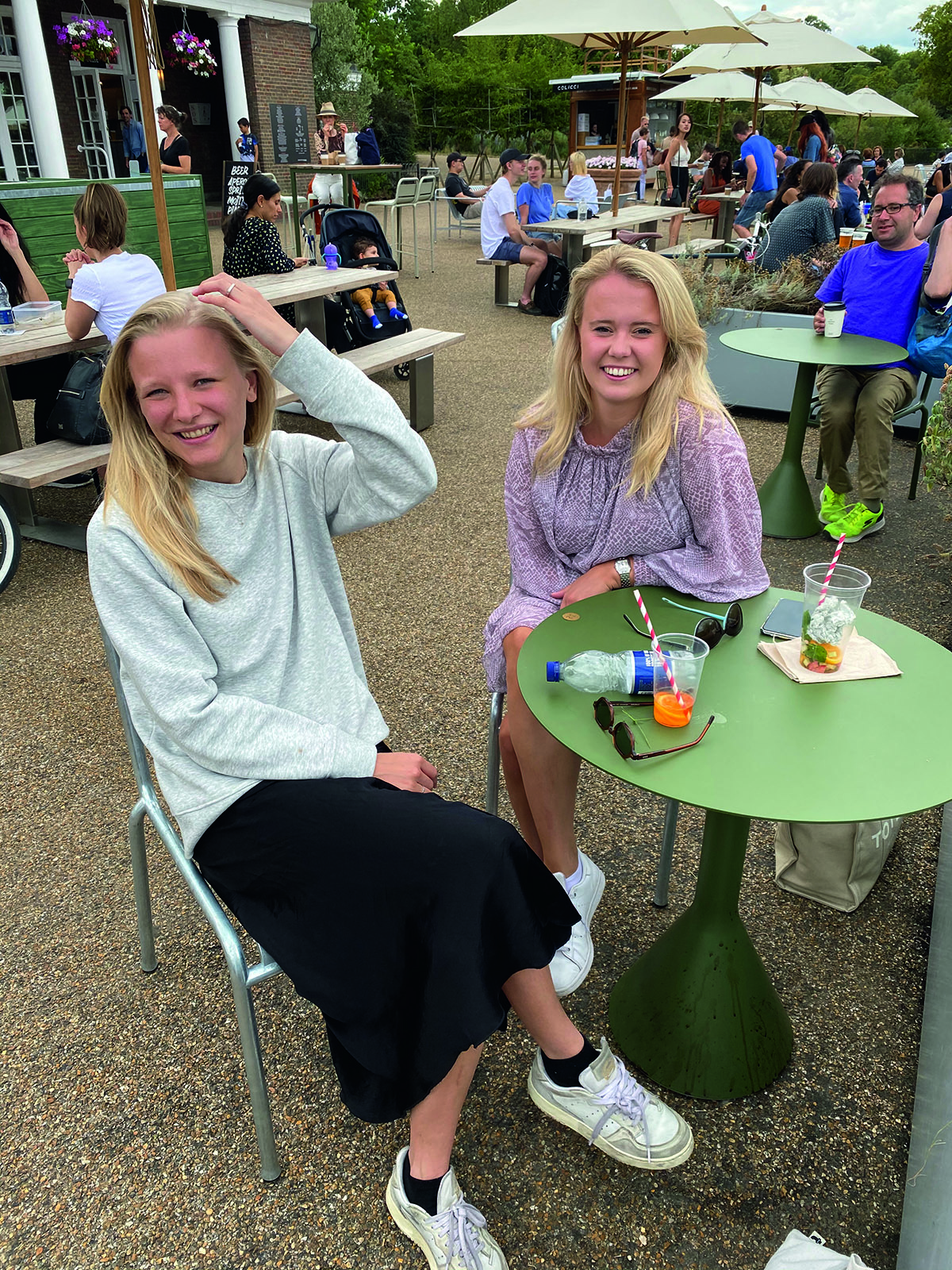

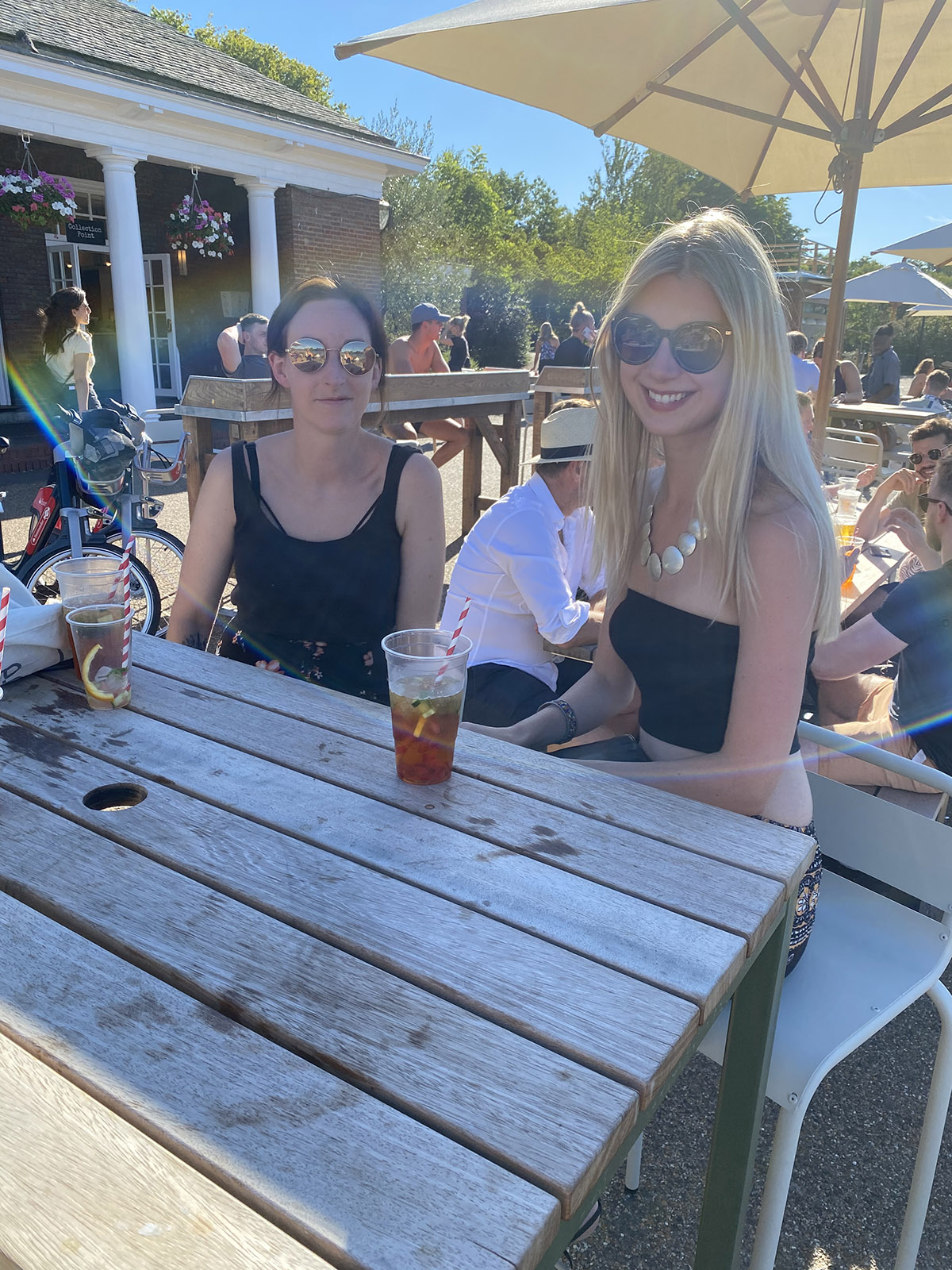
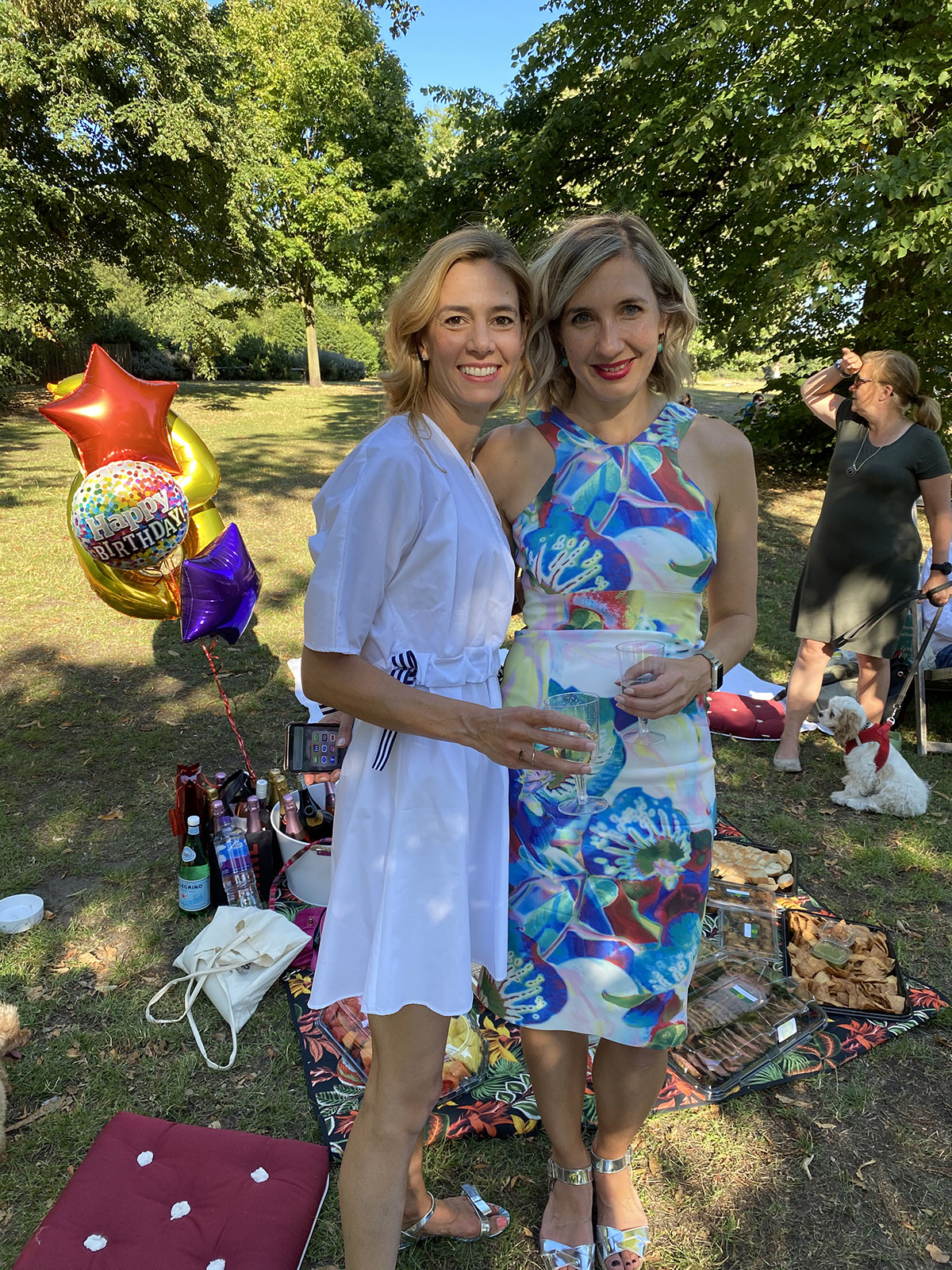
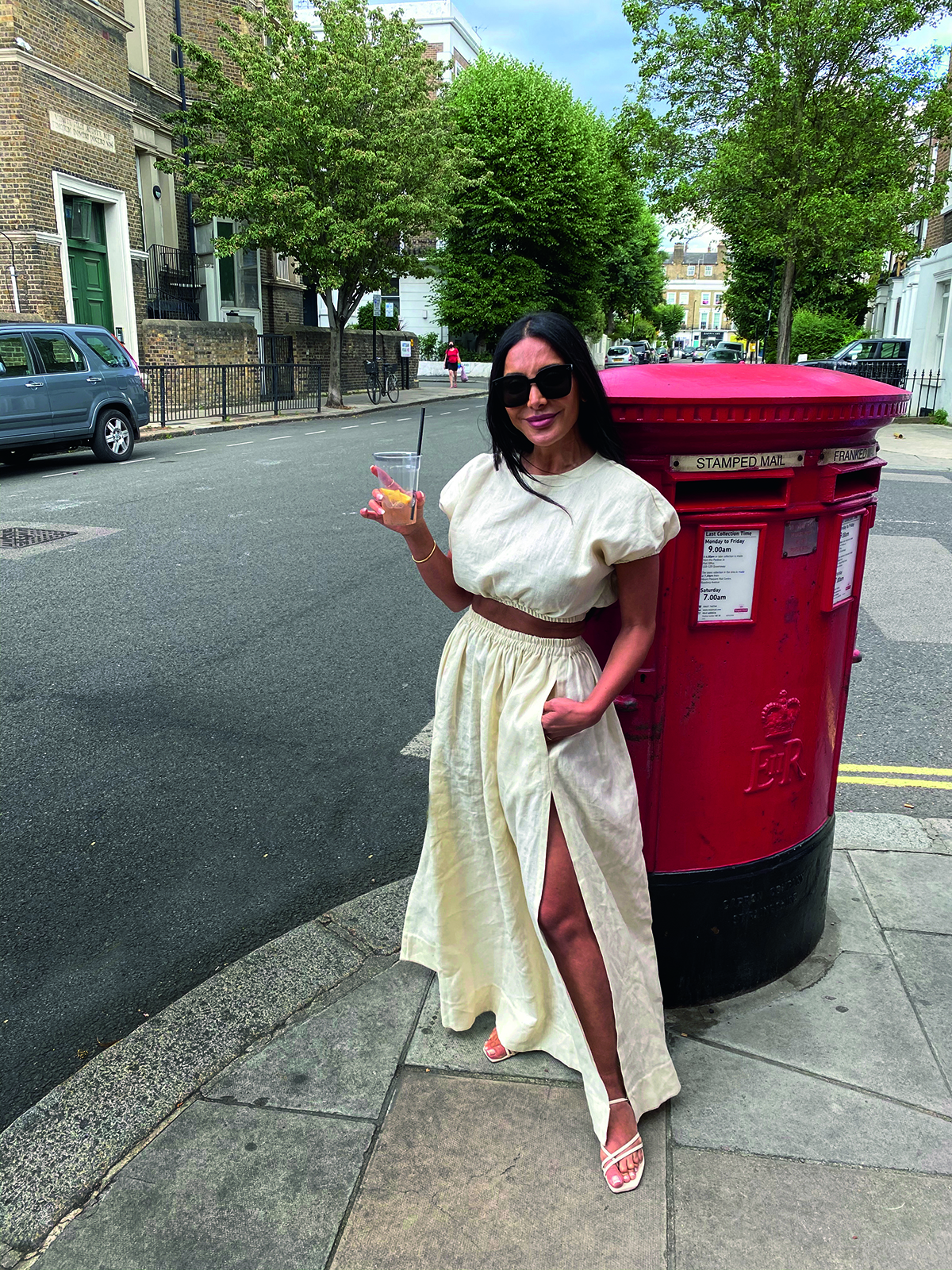
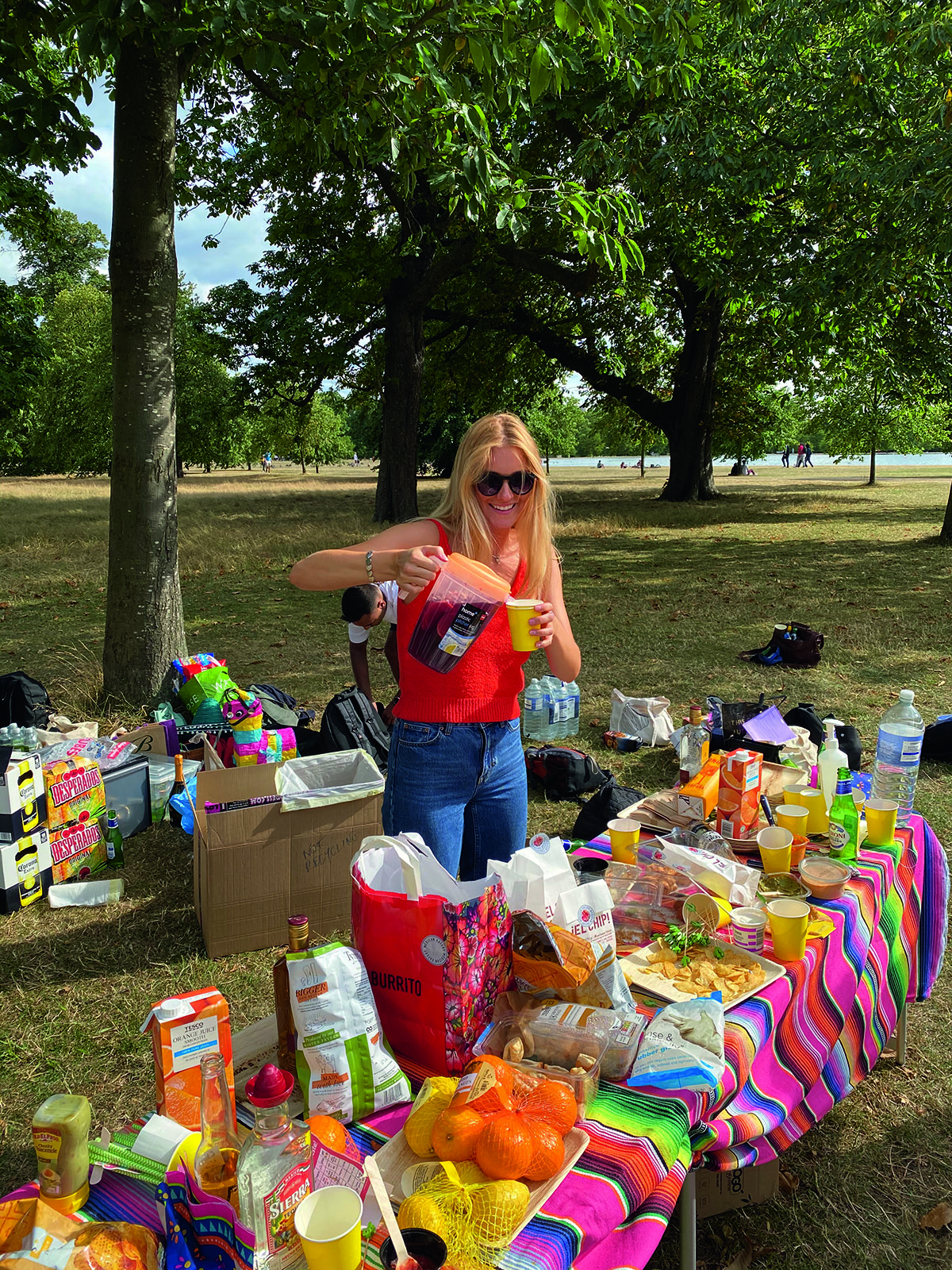
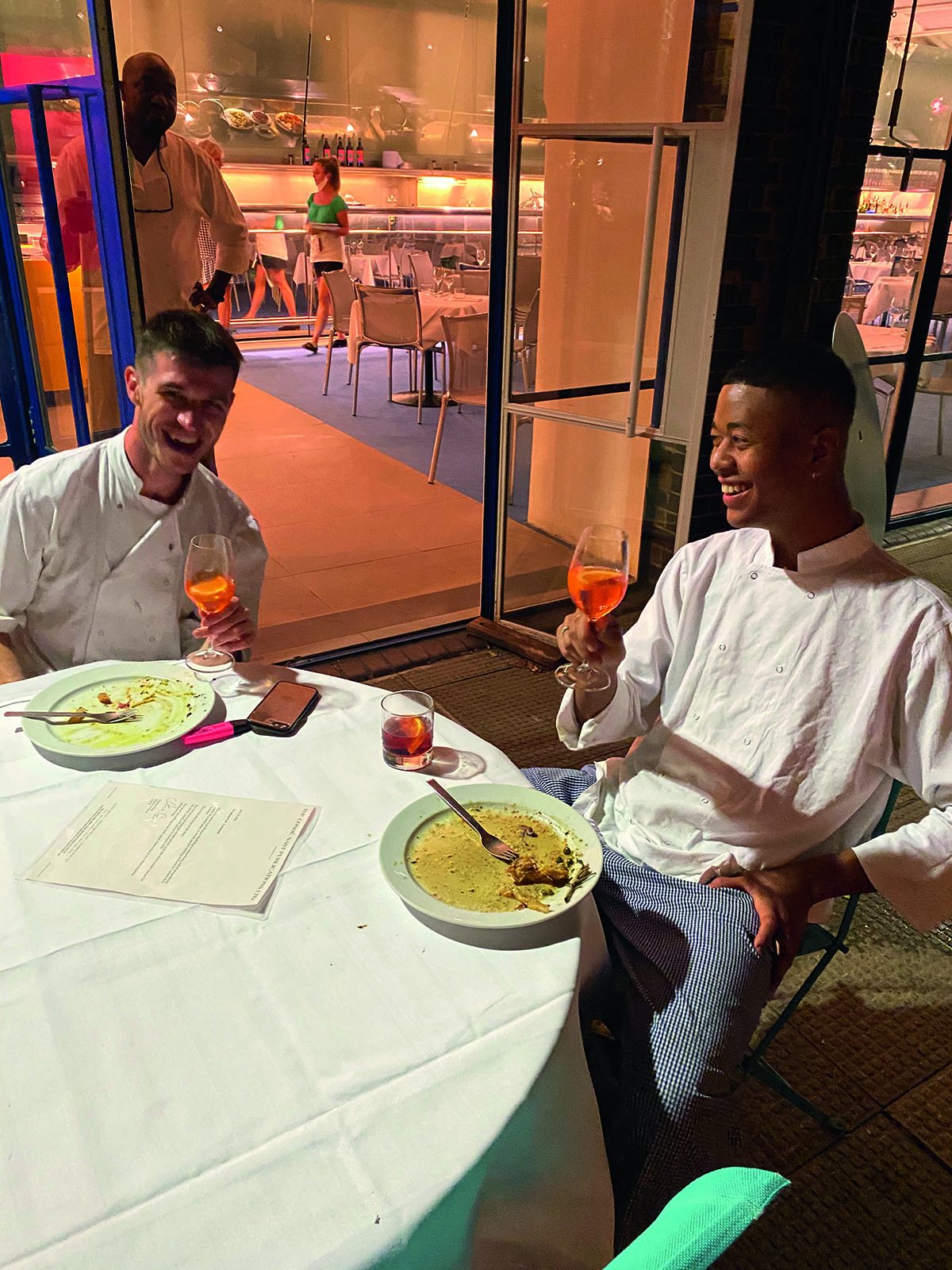
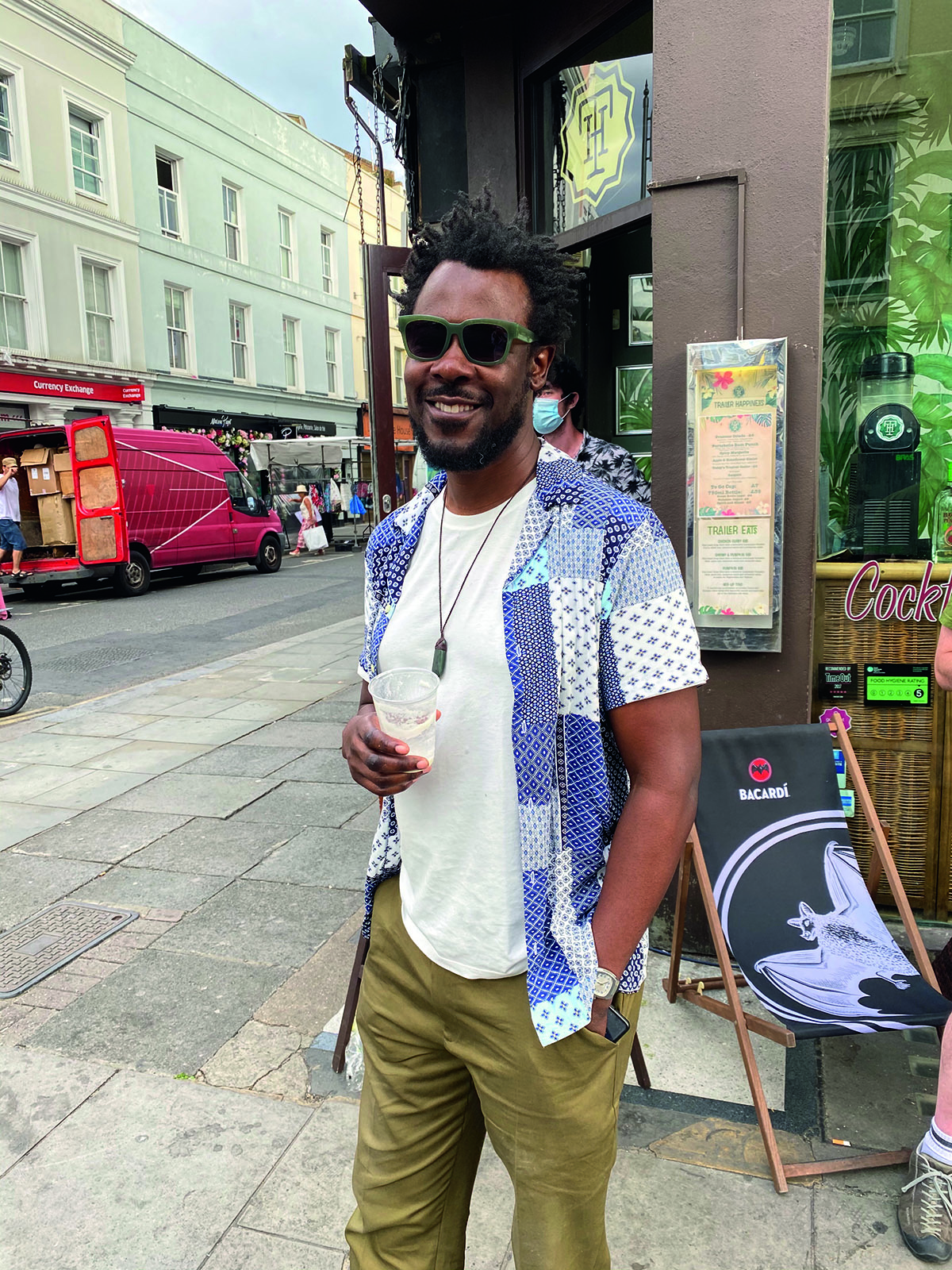
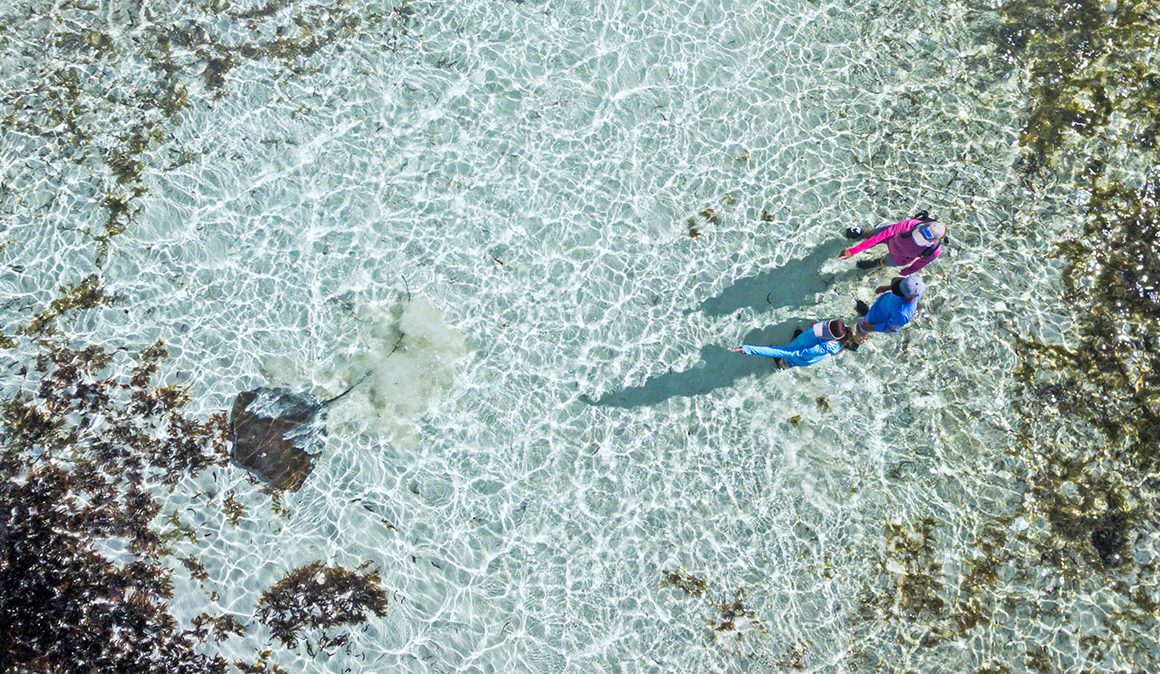





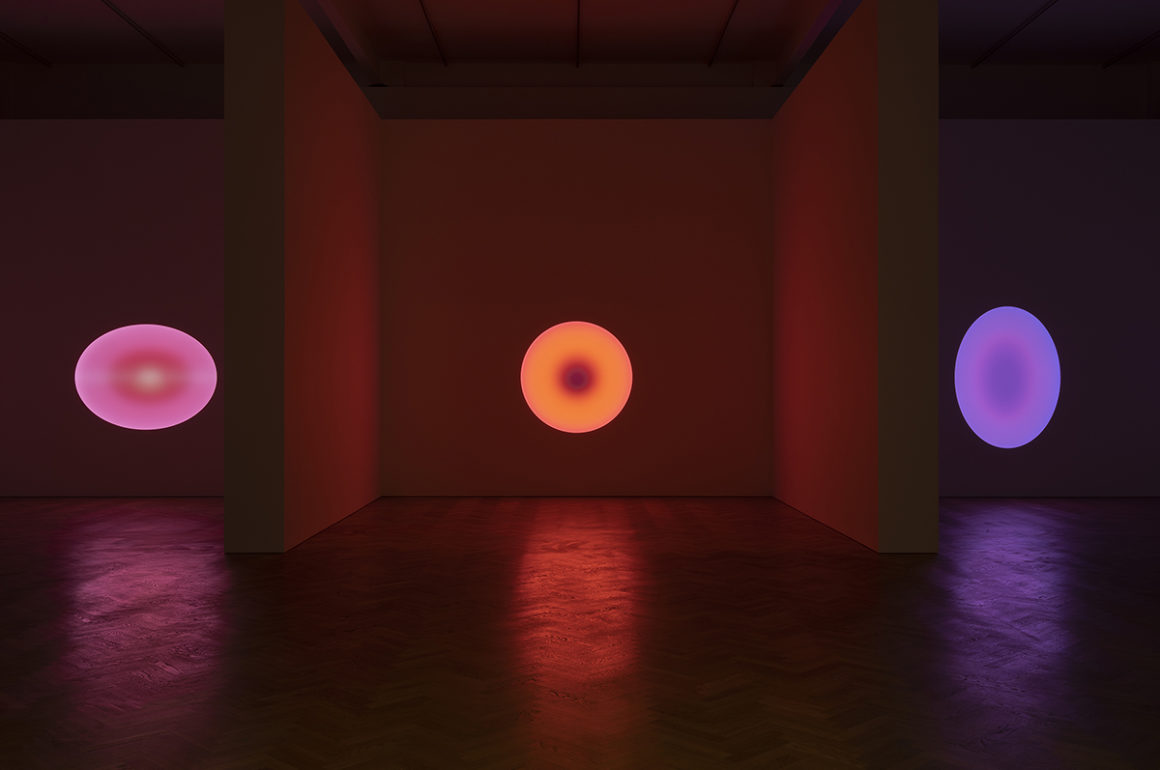
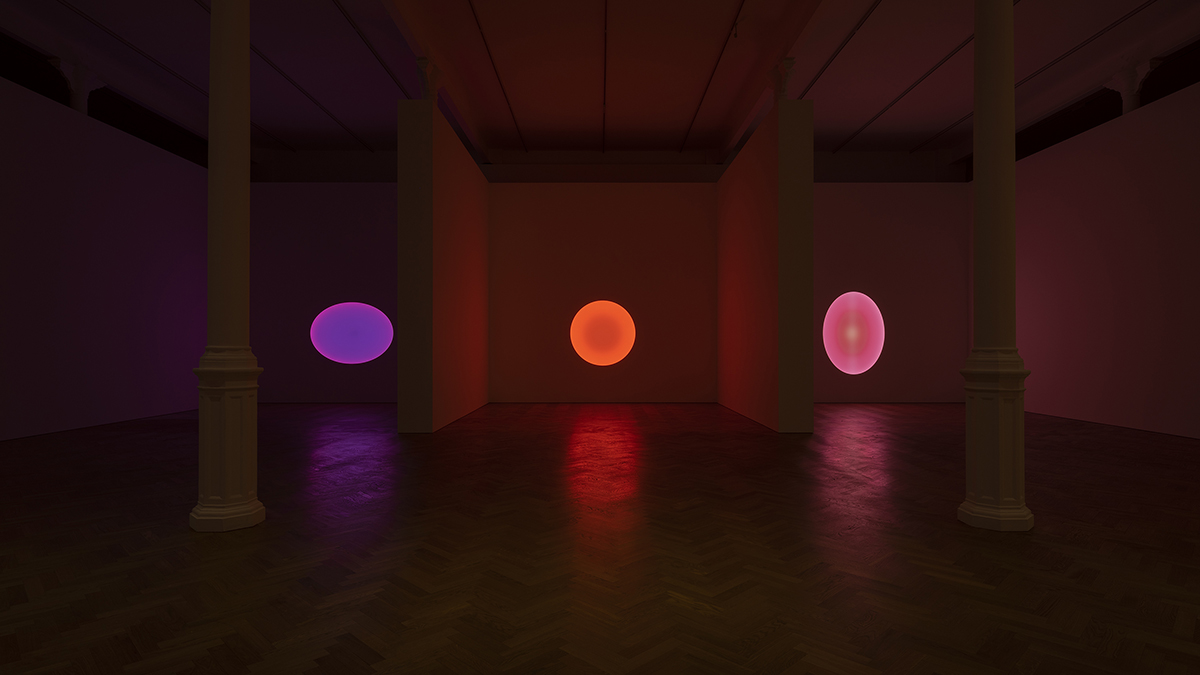
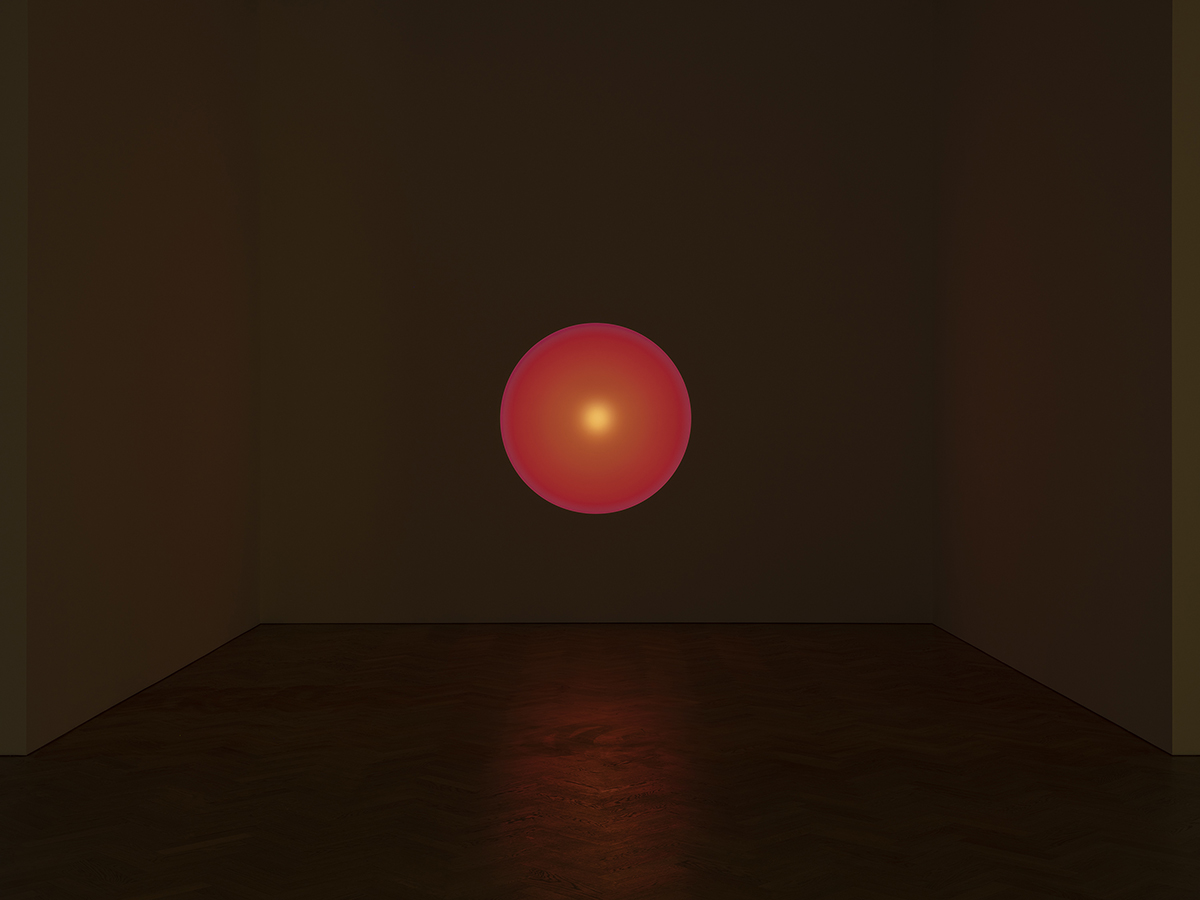
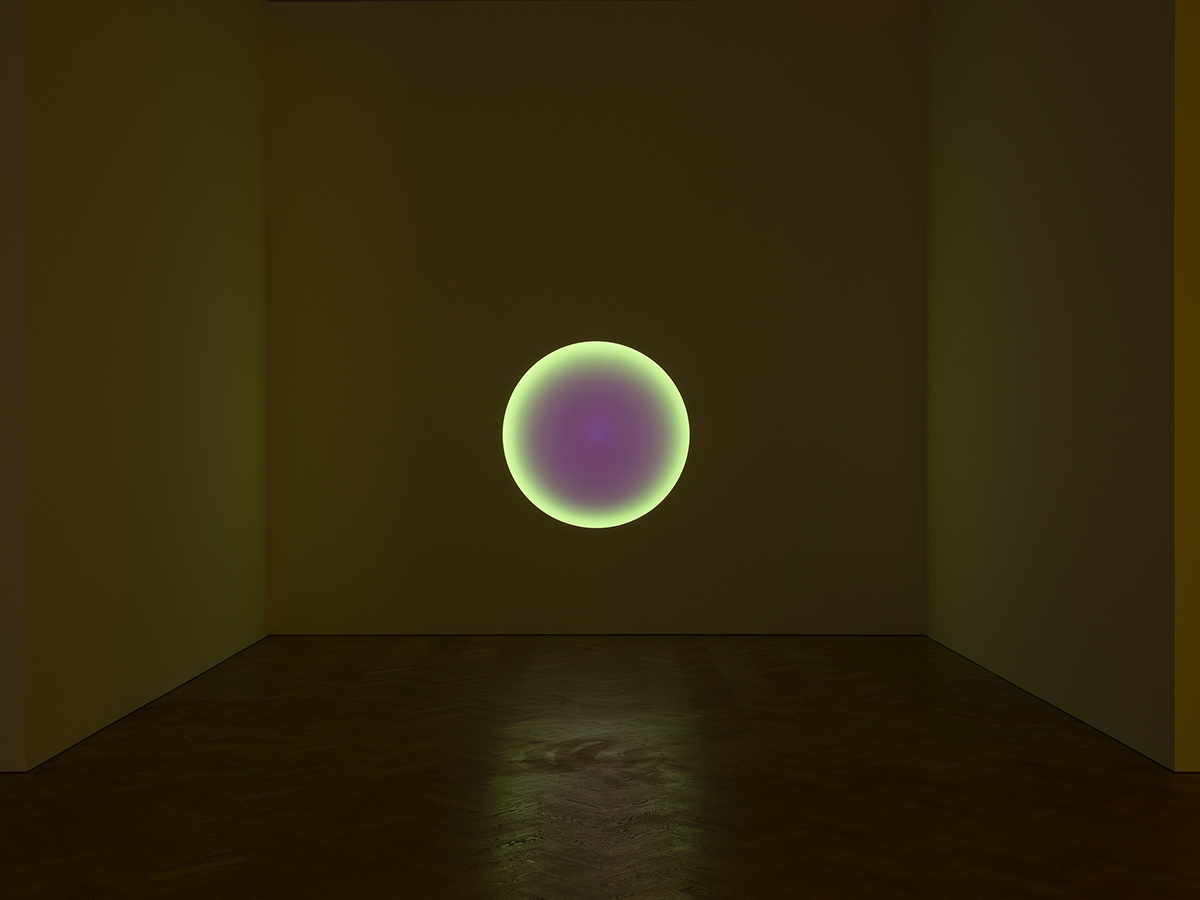




Recent Comments